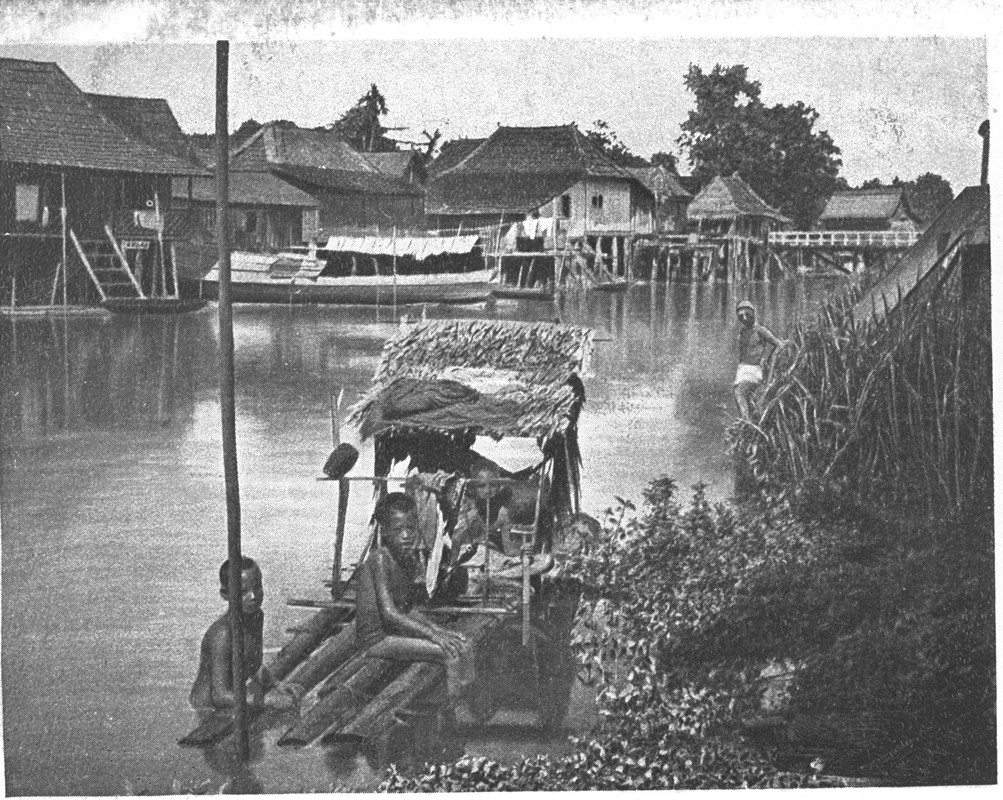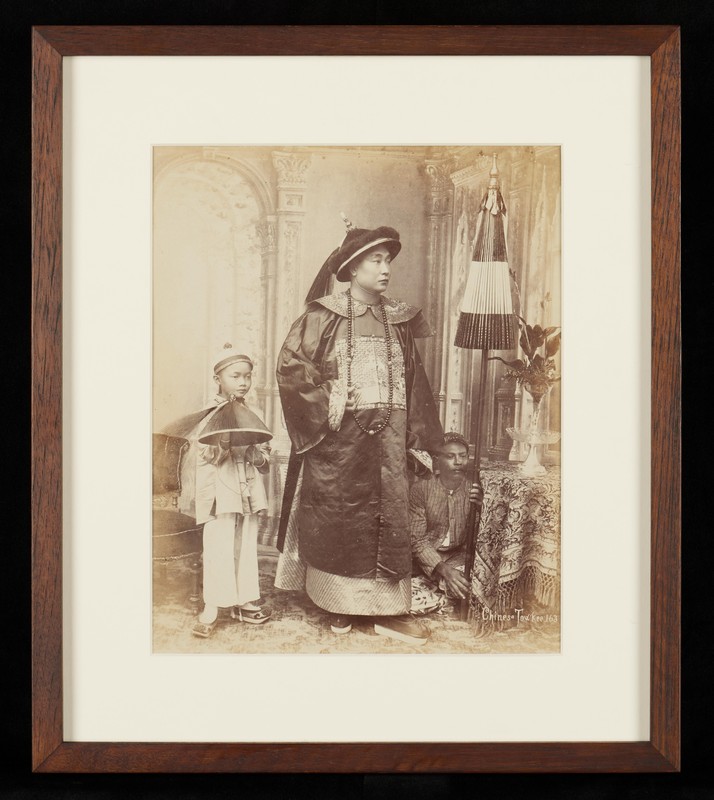Chinese associations beyond geographical, kinship and trade ties
Besides organisations based on geography, kinship, and trade ties, there were also Chinese associations that emerged under special circumstances in Singapore. Examples include the Straits Chinese British Association (SCBA), United Chinese Library (UCL), Syonan-to Overseas Chinese Association (OCA) during the Japanese Occupation of Singapore (1942–1945), and the Nanyang Chinese Exchange and Remittance Association. In addition, prominent Chinese business clubs, such as Ee Hoe Hean Club, Chui Huay Lim Club, and Goh Loo Club, served as gathering places for social elites and wealthy entrepreneurs.
Founded in 1895 and composed predominantly of Hokkien members, Ee Hoe Hean Club is one of the few century-old clubs in Singapore. Similarly noteworthy is Chui Huay Lim Club, which was established in 1845 and consists primarily of Teochew members. In 1925, Ee Hoe Hean Club relocated to its current address at 43 Bukit Pasoh Road. Guided by the spirit of “non-partisanship, caring for the people, and caring for the nation”, Ee Hoe Hean Club served as a venue for leaders of the Chinese community to ponder over and discuss important issues. It also served as the headquarters of the South-East Asia Federation of the China Relief Fund during the Second Sino-Japanese War. Beyond its social functions, Ee Hoe Hean Club contributed to supporting the Chinese revolution, assisting in the War of Resistance against Japan, advocating for citizenship rights, and promoting the establishment of Nanyang University.
Chui Huay Lim Club is not only an important place for social gatherings and banquets for local Teochew businessmen, but also an activity centre and cultural landmark. Since its inception, the club has remained at its Keng Lee Road address.

Goh Loo Club was initially situated at 124 Cross Street (colloquially known as Kling Street). It was originally named Goh Kee Club and served as a leisure and entertainment venue for Chinese elites. It was renamed Goh Loo Club in 1907 and moved to its current address, 72 Club Street, in 1927. After the 1937 Marco Polo Bridge Incident, in which Chinese and Japanese soldiers exchanged fire near the Marco Polo Bridge outside what is now known as Beijing, Goh Loo Club raised funds to aid Chinese refugees, playing a crucial role in social welfare activities. During the Japanese Occupation, the club was forced to become the office premise of the Syonan-to Overseas Chinese Association.
The Syonan-to Overseas Chinese Association was established in March 1942 under the direction of the Japanese military government, after the fall of Singapore. Its aim was to mediate between the authorities and the local Chinese community. In the early days, the association raised 50 million Straits dollars in donations for the Japanese government. Later on, it helped the Japanese troops to implement policies, restore social order, increase food production, and carry out large-scale rural resettlement. Singapore historian Chua Ser Koon pointed out in A General History of the Chinese in Singapore that the association served as a puppet organisation that worked tirelessly for the Japanese military government, carrying out duties assigned by the “Empire of Japan”.
Promoting the rights and welfare of Chinese
The Straits Chinese British Association (SCBA) was founded on 17 August 1900 with the protection and support of the British colonial government. Its purpose was to cultivate pro-British sentiments among local Chinese. The SCBA also focused on welfare issues affecting the Straits Chinese, safeguarding the legal rights of overseas Chinese and elevating the political status of Peranakan Chinese.
On 6 February 1919, the centenary of Singapore’s founding, representatives from the SCBA and the Singapore Chinese Chamber of Commerce, among other Chinese community organisations, attended the unveiling ceremony of the relocated statue of Sir Stamford Raffles and offered their congratulations to the Governor. In 1964, the association was renamed the Singapore Chinese Peranakan Association.

Initiated by Chinese revolutionary Sun Yat-sen, the United Chinese Library (UCL) was established in 1911 on Armenian Street. Its aim was to promote Sun’s Three Principles of the People (nationalism, democracy, and socialism) and to enlighten overseas Chinese. The society collected and displayed publications for the Chinese community, promoting cultural development. It established schools to promote the Chinese language, advocating cultural reforms. The UCL modified marriage customs and conducted civil ceremonies as well as group weddings.
In the immediate post-World War II years when Singapore did not have a government in place, the UCL actively contributed to maintaining law and order. Like Ee Hoe Hean Club, the United Chinese Library was an important political and educational force in the new Chinese society. In 1985, the society was relocated from 51 Armenian Street to its current address at 53 Cantonment Road to make way for urban redevelopment.
Rise and fall of remittance agencies
After the Pacific War, communication and trade between China and Nanyang resumed, leading to a surge in remittances and letters from overseas Chinese back to China. To meet the needs then, Hokkien businessman Lim Soo Gan (1928–1993) and his peers founded the Nanyang Chinese Exchange and Remittance Association in March 1946. The association delivered remittances from overseas Chinese to their relatives in China while bringing back news from those relatives.
Such remittance agencies operated based on the demands of a migrant society. When this social foundation was shaken in 1949, these remittance businesses vanished and became a part of Singapore’s history.

This is an edited and translated version of 地缘、血缘、业缘以外的华人社团. Click here to read original piece.
Au, Yue Pak. “Chinese Social Clubs”. In 50 Years of the Chinese Community in Singapore, edited by Pang Cheng Lian, 117– Singapore: World Scientific Publishing, 2015. | |
Kua, Bak Lim. “Xinjiapo qiaohui yu minxinye yanjiu” [Research of overseas remittance in Singapore]. In Xinjiapo huazushi lunji [A General History of the Singapore Chinese], edited by Kua Bak Lim and Ng Chin-Keong. Singapore: The Association of Nanyang University Graduates, 1972. | |
Kwa, Chong Guan and Kua, Bak Lim, eds. A General History of the Chinese in Singapore. Singapore: Singapore Federation of Chinese Clan Associations, 2019. | |
Kua, Bak Lim. “Si ci xingchen fei zuoye: tongde shubaoshe 105 zhounian sheqing” [Like the stars not from last night: 105th anniversary of United Chinese Library]. In United Chinese Library 105th Anniversary Publication, 11– Singapore: United Chinese Library, 2015. | |
Song, Ong Siang. One Hundred Years’ History of the Chinese in Singapore: The Annotated Edition, annotated by Kevin Y. L. Tan. Singapore: National Library Board and World Scientific, 2020. First published 1923 by John Murray (London). | |
Yang, James, ed. Sanshiniandai nanyang huaqiao tuanti diaocha baogaoshu [Report on Nanyang Overseas Chinese Societies in the 1930s]. Taipei: Zhonghua Xueshuyuan Nanyang Yanjiusuo, 1984. |










